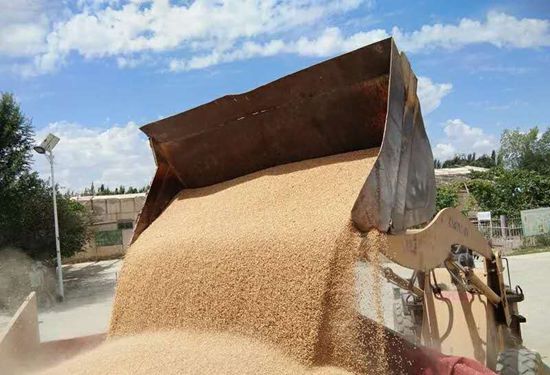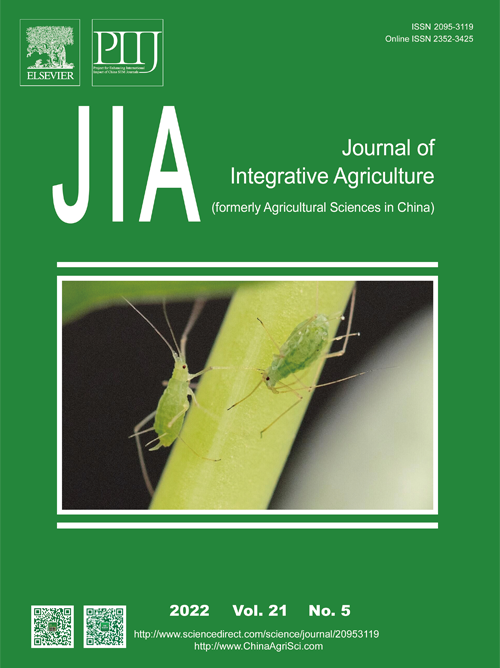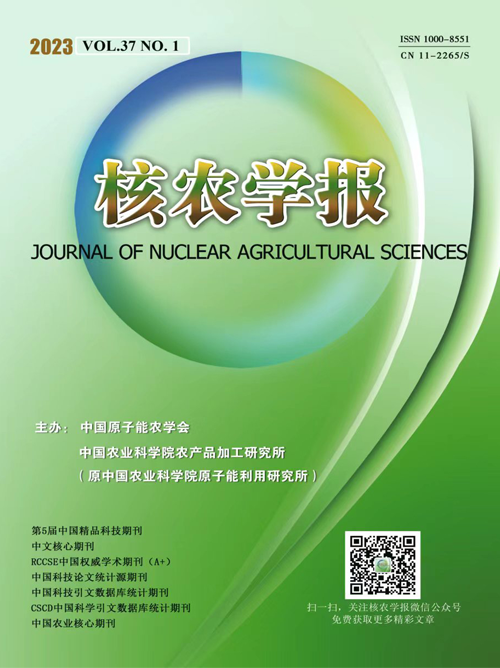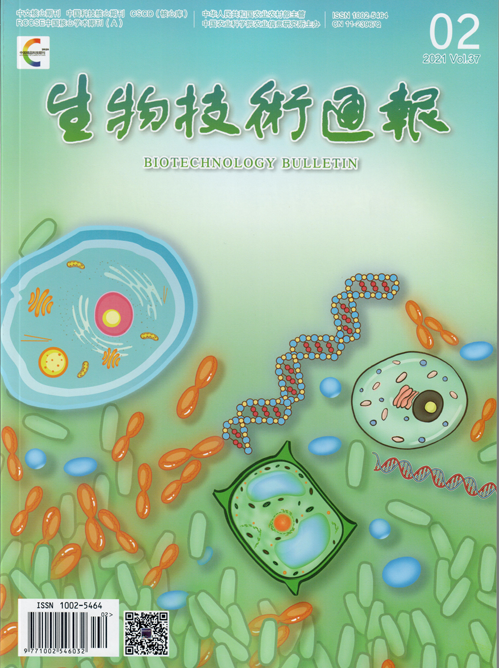
Large-scale summer grain purchases kicked off recently across Northwest China's Xinjiang Uygur autonomous region. [Photo provided to China Daily]
Pandemic, extreme weather, energy costs, conflicts prompt price volatility
Although global food price fluctuations only have a small impact on staple food costs in China, increasing self-sufficiency for such commodities is an important way to protect against price volatility, according to a report on China's agricultural development this year.
The report, released by the Chinese Academy of Agricultural Sciences at a forum on Friday, said the fluctuation of global food prices has a marginal impact on staples such as rice and wheat, but has a bigger effect on feed grains such as soybeans.
Due to multiple factors including the COVID-19 pandemic, extreme weather events, rising international energy prices and geopolitical conflicts, global grain prices have fluctuated greatly, resulting in greater imbalances in global food supplies and a sharp increases in food security risks.
If global grain prices rise by 20 percent, China's soybean imports would fall by 4 percent, and imports of corn and wheat would drop by 60 percent and 50 percent, respectively, the report said.
If global prices for such soft commodities as soybeans, corn and wheat rise by 50 percent, it will result in a 15 percent rise in domestic pork prices, it added.
"A high level of self-sufficiency can effectively hedge risks brought about by fluctuations in international food prices," Mei Xurong, vice-president of the academy, said at the forum.
The research model shows that greater self-sufficiency will lead to a weaker correlation with global food price fluctuations and consumers will suffer less when prices rise, he added.
China's overall self-sufficiency rate for three major oil crops has decreased from 103.84 percent in 1992 to 32.9 percent last year, with a corresponding increase in import reliance. The No 1 Central Document this year vowed to increase the production capacity of soybean and oil crops.
The international competitiveness of China's oil crops was relatively weak in terms of the costprofit ratio due to rising land and labor expenses, the report said.
Mei said soybean and rapeseed yields in China are significantly lower than in major producing countries.
"For instance, soybean and rapeseed yields are about 20 to 35 percent lower than in the United States and Canada, respectively," he said.
Compared with staple foods, scientific and technological investment in oil crops remains insufficient, Mei added.
Mixed cultivation of corn and soybeans will increase the efficiency of farmland use and the self-sufficiency rate of soybeans, the report said.
It proposed that by 2035, China will promote 5.3 million hectares of combined cultivation of corn and soybeans. Annual soybean output is expected to increase by 9.1 million tons, and the self-sufficiency rate will increase by 6.6 percentage points to 22.8 percent.
"The rate will increase to 25.5 percent if we apply biological breeding technologies to soybean and corn production," Mei said.
Huang Jikun, the head of Peking University's New Rural Development Research Institute, affirmed the conclusions of the report, but believes the stated goals remain challenging.
"We have to consider how much we can increase our soybean selfsufficiency rate by paying so much attention to promoting combined cultivation. According to surveys I've conducted in some areas, farmers' enthusiasm for combined cultivation is not high, perhaps due to problems in mechanization," Huang said.







